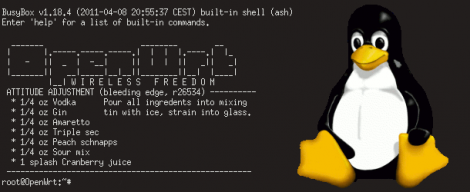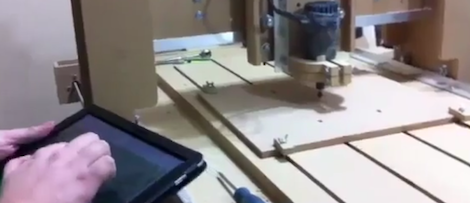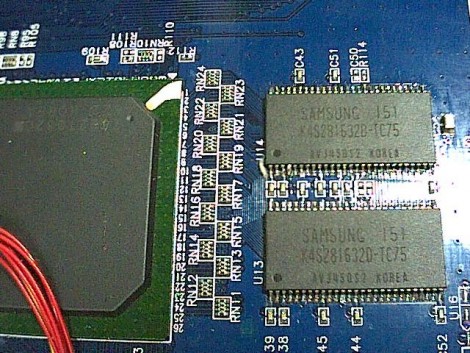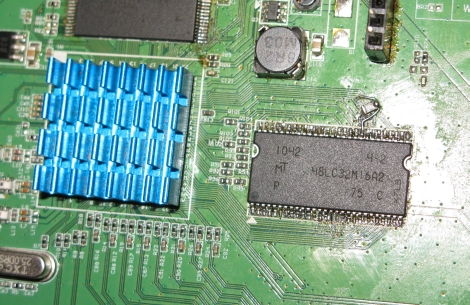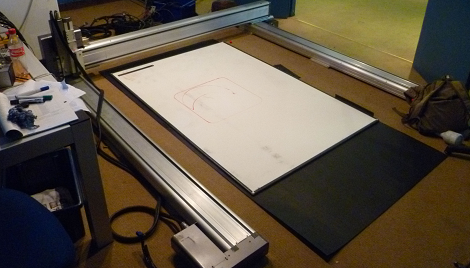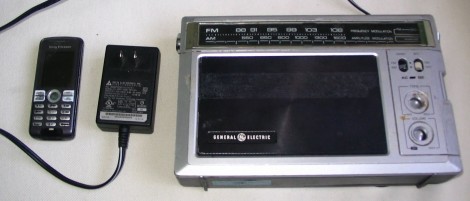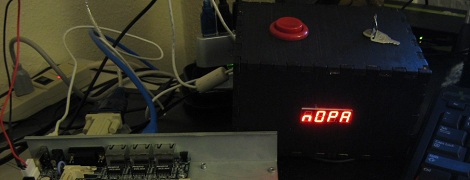
[Brad] had an extremely productive January 18th. Considering how many websites went dark to protest SOPA, we can’t blame him. While considering what he could get done if popular Internet time sinks went dark on command, [Brad] thought of the Stop Online Productivity Avoidance box. This build will redirect all traffic to sites like reddit, hacker news, and (gasp!) hack a day to a simple web page that asks the eternal question, “shouldn’t you be working right now?”
The box has two modes: in SOPA mode, the whole Internet is at [Brad]’s fingertips. In NOPA mode, an Arduino communicates with a Python script running on the router to pull up an Internet blacklist. A simple button would be too easy to override, so there’s a ‘nuclear mode’ that shuts off these time sinks for one hour. The only way around the blacklist is to restart the router, a process that takes 15 minutes and will kill the entire Internet for the duration. Not something you’d like to do if you’re slightly bored.
All the code for the SOPA box is up on github and you can check out [Brad]’s demo of the SOPA box after the break.

